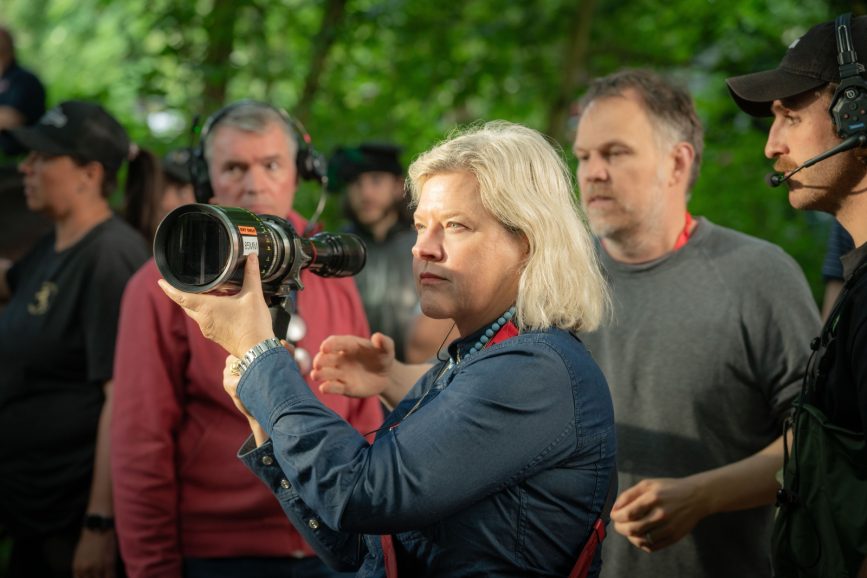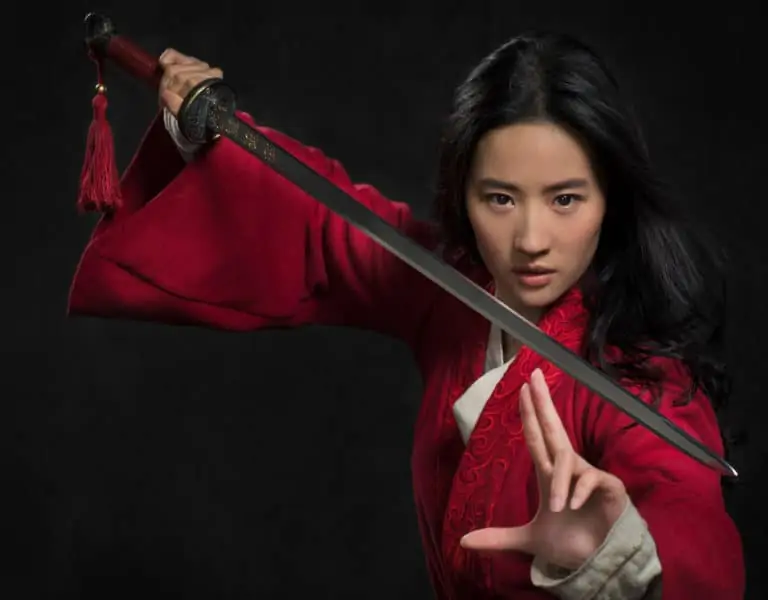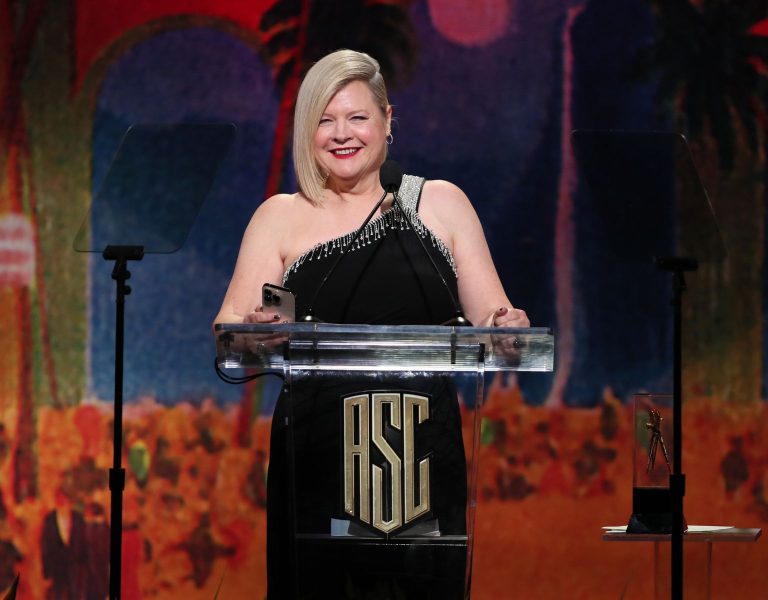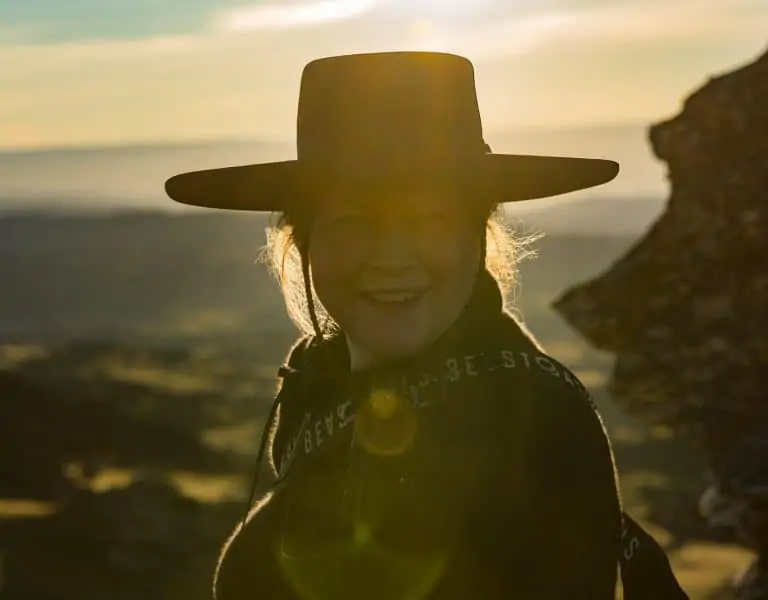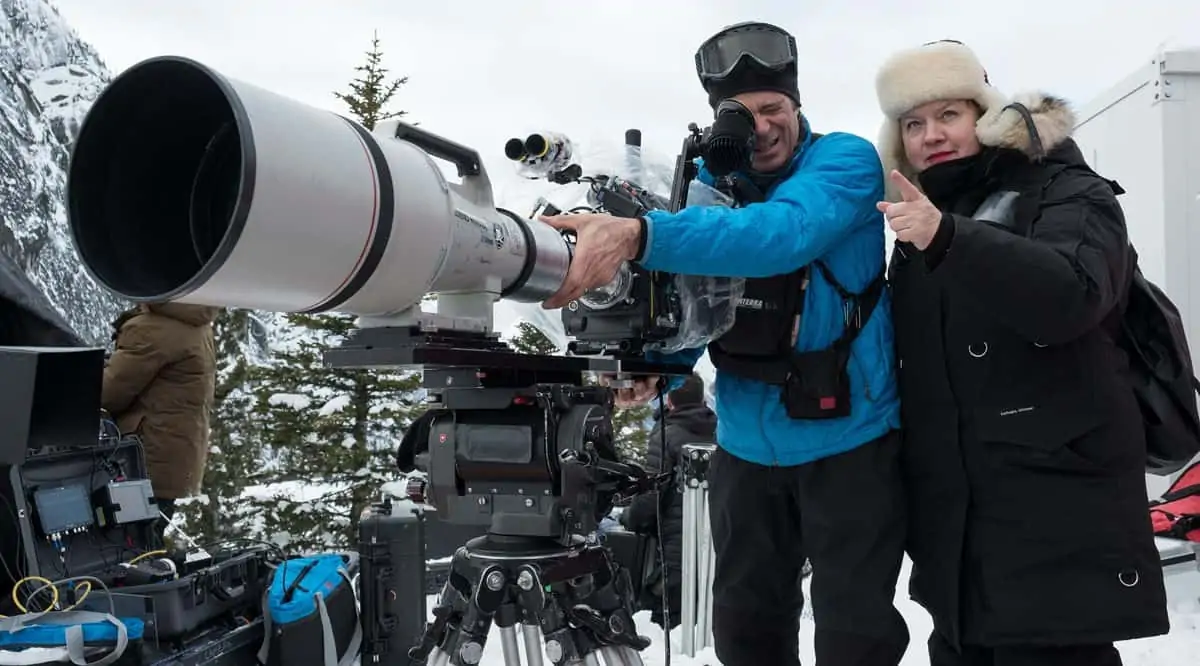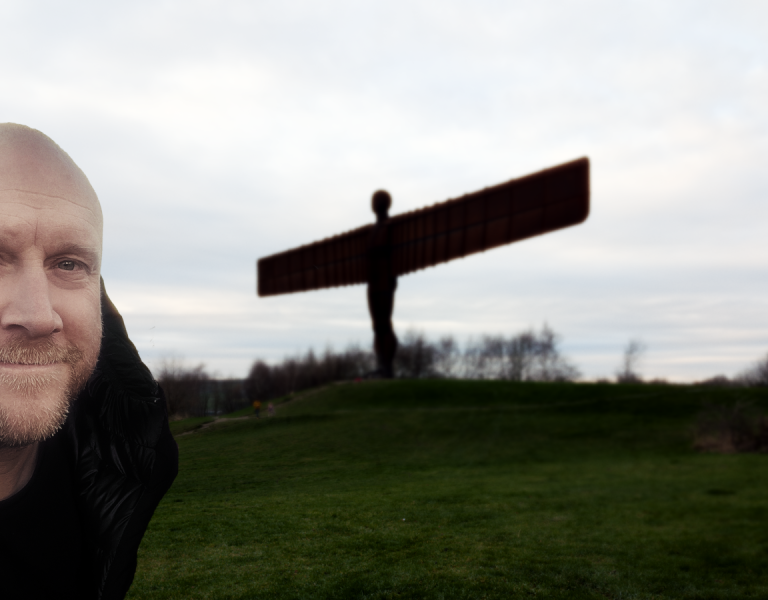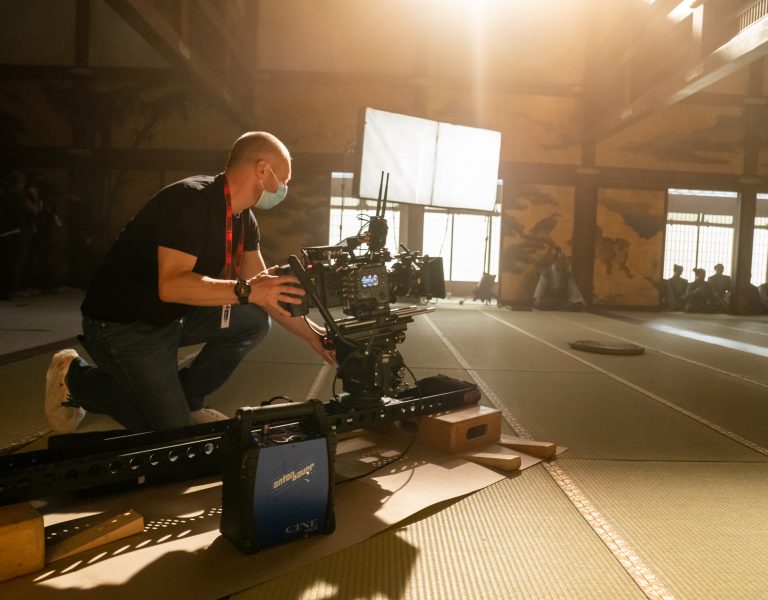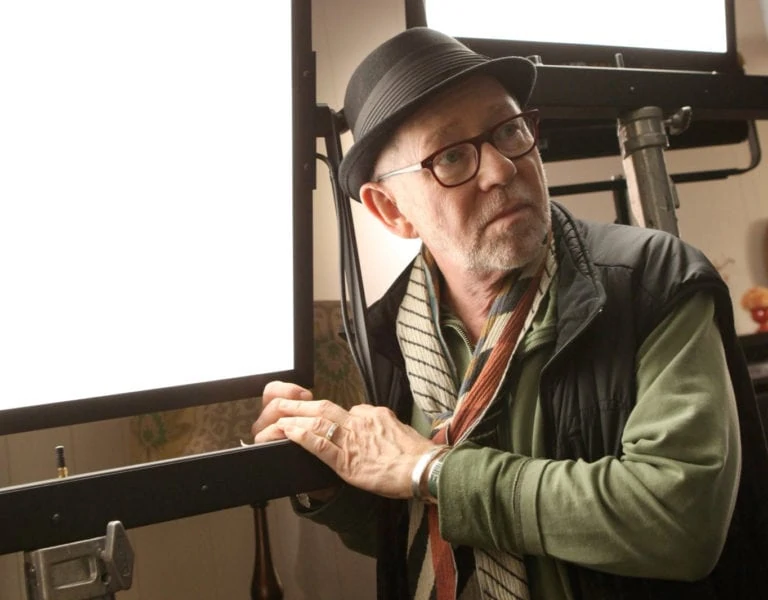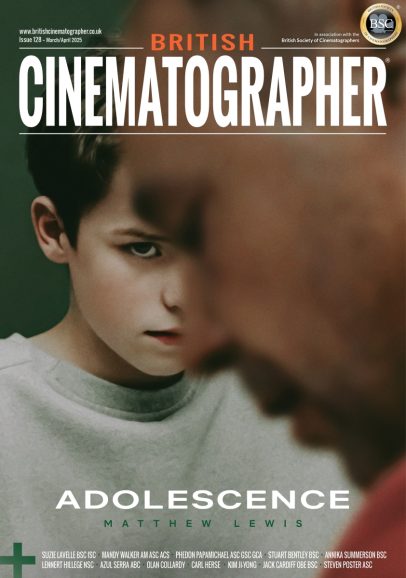GRIMM REALITY
Disney reimagines Snow White and the Seven Dwarfs in live action form, with cinematographer Mandy Walker AM ASC ACS balancing the responsibility of translating a beloved legacy movie for a modern audience, creating a stylised fairy tale vision and tackling unpredictable location forest lighting with innovative techniques for a magical look.
No stranger to remakes, Disney continuously reimagines its iconic classics for new generations. In 2025, the studio revisits its roots with a reimagining of Snow White and the Seven Dwarfs, its very first feature film.
Released in 1937, this groundbreaking animated film not only marked a pivotal moment in animation history but also introduced a captivating tale of innocence, the struggle against evil and the magic of friendship. Based on the German fairy tale by the Brothers Grimm, the original film was also revolutionary, utilising cel animation and over two million hand-drawn drawings to create fluid character movements and dynamic backgrounds—setting a new standard in animation.
Nearly 90 years later, the original film is reimagined in the live-action £250m remake, Disney’s Snow White (or simply Snow White), directed by Marc Webb and starring Rachel Zegler as the storybook princess and Gal Gadot as the Evil Queen. This new version adds a modern twist, empowering the young heroine and deepening the villain’s motivations.

Mirroring the past
Lensing duties were handled by Mandy Walker AM ASC ACS (Mulan, Hidden Figures), who earned an Academy Award nomination for her exceptional work on Elvis. She says it was important for the new version to use the original animation as its reference, which played a significant role in her preparation for the project.
“After speaking with (director) Marc, we agreed that the animated version of this film holds up as an incredibly stunning and artful work, especially when you consider the painterly backgrounds, colour and texture,” Walker explains. “That animation was our primary influence and reference for this film and we paid homage to it in many ways, from the art department and costume design, make-up and VFX to my cinematography.”
The decision was made to shoot on ARRI LF and Mini LF cameras and Walker visited Dan Sasaki (Panavision’s senior vice president of optical engineering), in Woodland Hills, Los Angeles to consult on lens choices.
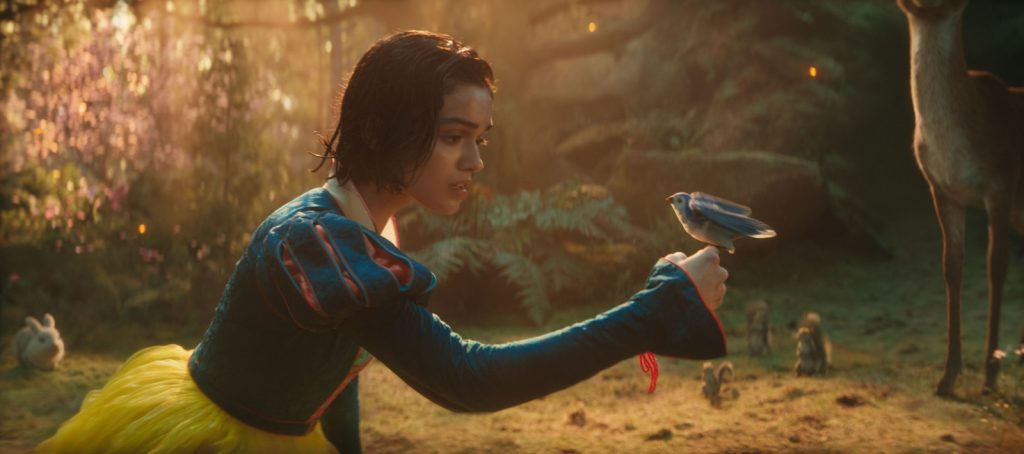
“I explained that while the film is based on the animation, we wanted to create a modern version with contemporary elements in both the story and the visuals,” Walker continues. “It was essentially a heightened version of the animation, bringing it to a new audience.” After they explored several lens options, Walker was drawn to the Primo anamorphic lenses from the ’80s. “We embraced the characteristics and aberrations of those lenses, such as creating a vignette or proscenium effect in many shots,” she adds. “I shot with an ARRI LF to maximise the lens characteristics, expanding them to fill the frame, so the edges drop off subtly, drawing the viewer’s eye to the centre of the image. These lenses also have a beautiful texture, especially in terms of skin. They’re sharp but not overly clinical like some modern digital lenses. I also spoke to Dan about a specific scene where Snow White goes to a ‘magical forest’, as her parents once described it. For that scene, I wanted the highlights to glow without affecting the midtones or shadows and Dan worked his magic on the lens to achieve that effect. The lenses were also adapted to add some contrast and colour saturation, contributing to the overall magical quality we aimed for.”
Walker rated the camera at 800 ISO “and hardly ever went above that”, whilst she shot the lenses mostly around T4 to have depth of field for focus.
“With those anamorphic lenses, I didn’t want to too much of a drop off in focus,” she adds. “I wanted them to have enough to include the backgrounds to make sure that we were seeing the sets and the costumes properly, also that the lenses behaved better at that stop in terms of resolution.”
Walker had a compact set made for Steadicam and handheld shots, as the original lenses were heavy and large. Sasaki created it using a mix of old glass and glass similar to the that of the Primos, which Walker describes as “about 90% comparable”.

Lighting dusk
On stage the team used a lot of tungsten lights. In some of the sequences that were early morning or late afternoon sun, the team used parcans and Maxi Brutes.
“I lit all the stages at 360 degrees so the sun could come from anywhere,” says Walker. “When we spun around with the camera, I always had a backlight or sidelight ready. For the sequences at dusk, including a long sequence that transitions from late afternoon into evening at the cottage, we used ARRI SkyPanel LED lights. A lot of the time, I created a very soft key light from one side of the stage with ARRI S360s and we would add bubbles of diffusion around them with a run of 20x20ft silk. This bubble of light would run the whole side of the stage. I also had LED lightboxes that gaffer David Smith made that were 4x8ft – some were bicolour and some were full colour. In the castle I made a line of those boxes hanging from the reds as a soft key. Sometimes we would put crates on them to make them directional. We had SkyPanel LEDs up above the reds all the time through light grid for ambience.
“Outside we used HMIs and Vulcan lights to create the direction of light when the sun wasn’t out. There were sequences, such as when the Evil Queen takes over the castle, where the sun disappears from the village. For those scenes, we had to shoot on a large backlot with changing weather and we didn’t want sun. We used six construction cranes, each with 30x30ft flying grey light grid cloth. We would move them around to block the sun from specific areas, ensuring the lighting stayed overcast in look and consistent.”
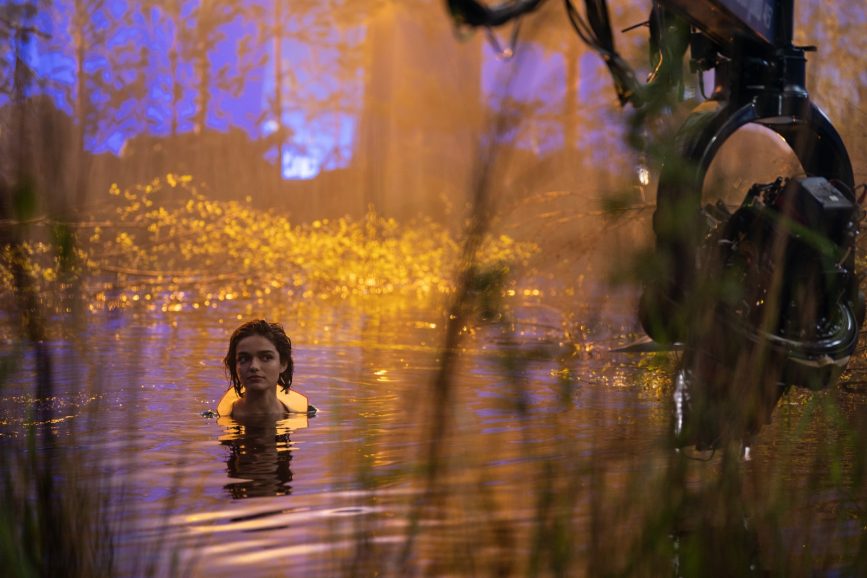
Branching out
The forest featured in the film was Burnham Beeches in Slough, just a short drive from Pinewood Studios, where most of the film was shot. However, the location presented lighting challenges for Walker and her team, as it was far less predictable than the controlled stage environment where all the other forest scenes were shot.
“It’s not a naturalistic movie, it’s a magical fairy tale, so you had to keep that same feeling whether you were outside or onstage,” she says. Walker “had to essentially create a controlled environment” in the forest for the sequences.
“There were gaps in the canopy that let sunlight through during the day, so we strung up our grey silks between pre rigged trees, about 50 feet high,” Walker says. “We also made a line of soft light that ran for about 90 feet and sometimes 60 feet. In the forest, if you have nothing else, everything is very green and the light filtering through the canopy has a greenish tint, which wasn’t ideal for the stylised look we wanted. The natural light comes from above, which would work fine for a documentary or something more realistic, but it wouldn’t work in this film – it had to feel much more heightened and controlled to maintain consistency in the lighting.”
The scary forest scene, where Snow White runs away from the huntsman and we see wildlife attacking her and the branches of the trees reaching out and grabbing her was filmed on a soundstage. The terrain built for that sequence included hills, creating a huge set with undulating ground so that the character could fall. This also allowed Walker to shoot from above the canopy using a crane.
“That particular sequence was made smaller with CGI and extended out,” she says. “We started on top of her but then she was pushed further away.”
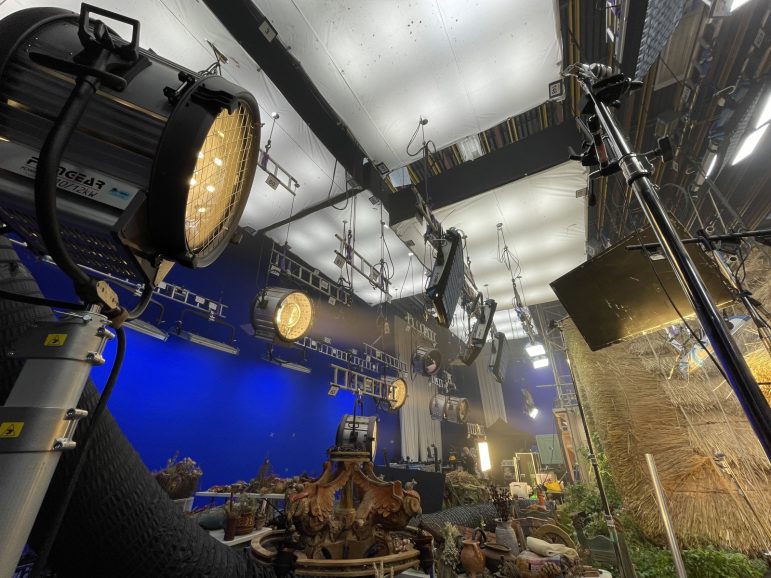
CGI and the seven dwarfs
It would be remiss not to mention Doc, Grumpy, Bashful, Sleepy, Happy, Sneezy and Dopey, not only because they are an integral part of the story, but also because they were created entirely through CGI.
“We had puppets, 3D models, grey 3D models for lighting and complete colour-corrected 3D models of Dopey and Doc,” Walker says. “For every sequence we did, we worked with puppeteers who would manipulate these models so we could see how they moved around the set. We would then shoot reference footage both with and without the puppets, as well as with those lighting stand-ins. For the actual performances, we shot actors in motion capture on a mocap stage, using props and environments they would interact with. For example, if they were to walk through a doorway, we’d build that doorway so the actors knew where it was, and the table for a food fight was placed so they could physically react to things on it. After the mocap shoot, the data was taken into visual effects and then into the Unreal Engine, where we used a virtual camera to place the characters into a 3D environment. The characters at this stage were basic, but we could move the camera around them, much like how they did in The Lion King.”
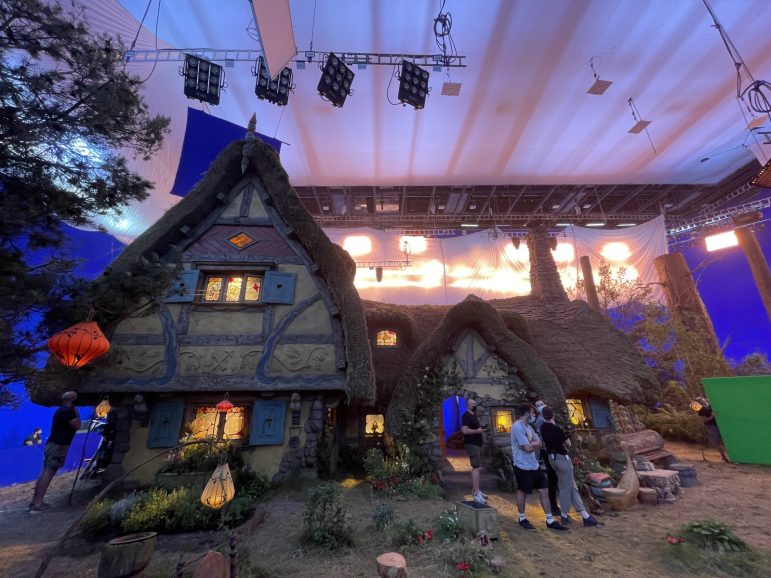
A consistent visual language
Making a film of such magnitude always presents challenges, but for Walker, the biggest one was working in the virtual camera world, dealing with motion capture and using Unreal Engine. “Actually, I had never done that before, so that was the biggest new challenge for me, which I absolutely loved,” she says.
“I love that I’m involved in that now, because that’s when you’re going to get a more consistent visual language–and consistency between the live action and CGI environments and characters when we’re all working together.”
Another big challenge for Walker was creating the different moods of the characters. “When Snow White is in the cottage singing and dancing to Whistle While You Work, it had to be very joyous, glowing, warm, golden and magical,” she says. “Then when the Evil Queen takes over the castle it becomes darker and more dramatic. The way I shot her was more classical and the camera stayed still more. We put her in the centre of the frame and it made it more stoic. When we were with Snow White in the cottage and the forest, the camera was dancing, flowing and moving in a very gentle way.”
Walker also worked closely with the art, costume, makeup and VFX departments to make sure the visual language and the emotion of those environments “would come through in a way that we were all on the same page about” throughout. “The emotion of the scenes and the way I was going to light them had to work well with the colour of the costumes, the textures of the fabric, and environment,” she says. There was a lot of work testing ideas in pre-production to make sure that visual language was consistent.”
After all, in the world of cinema, the true magic lies behind the lens.
